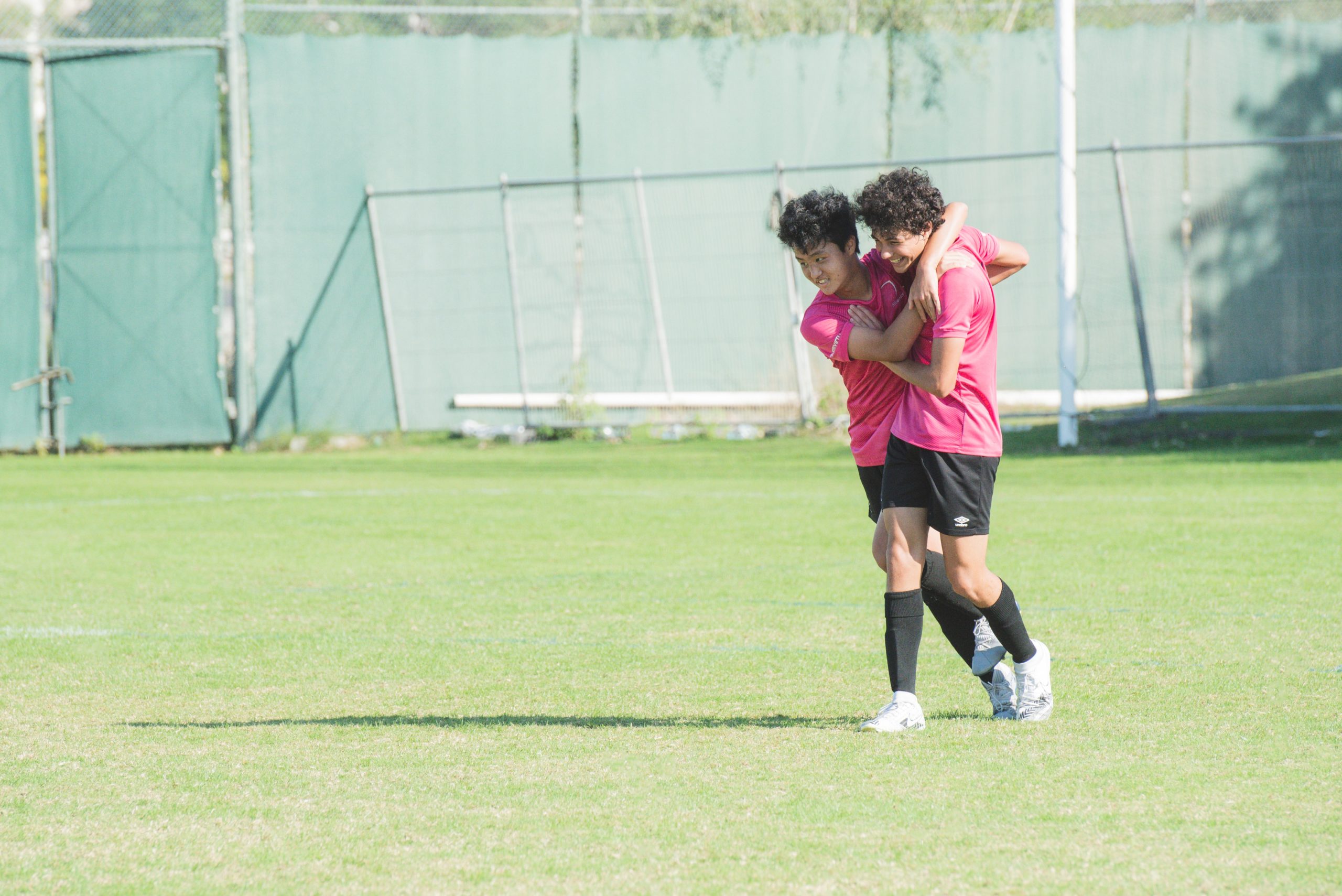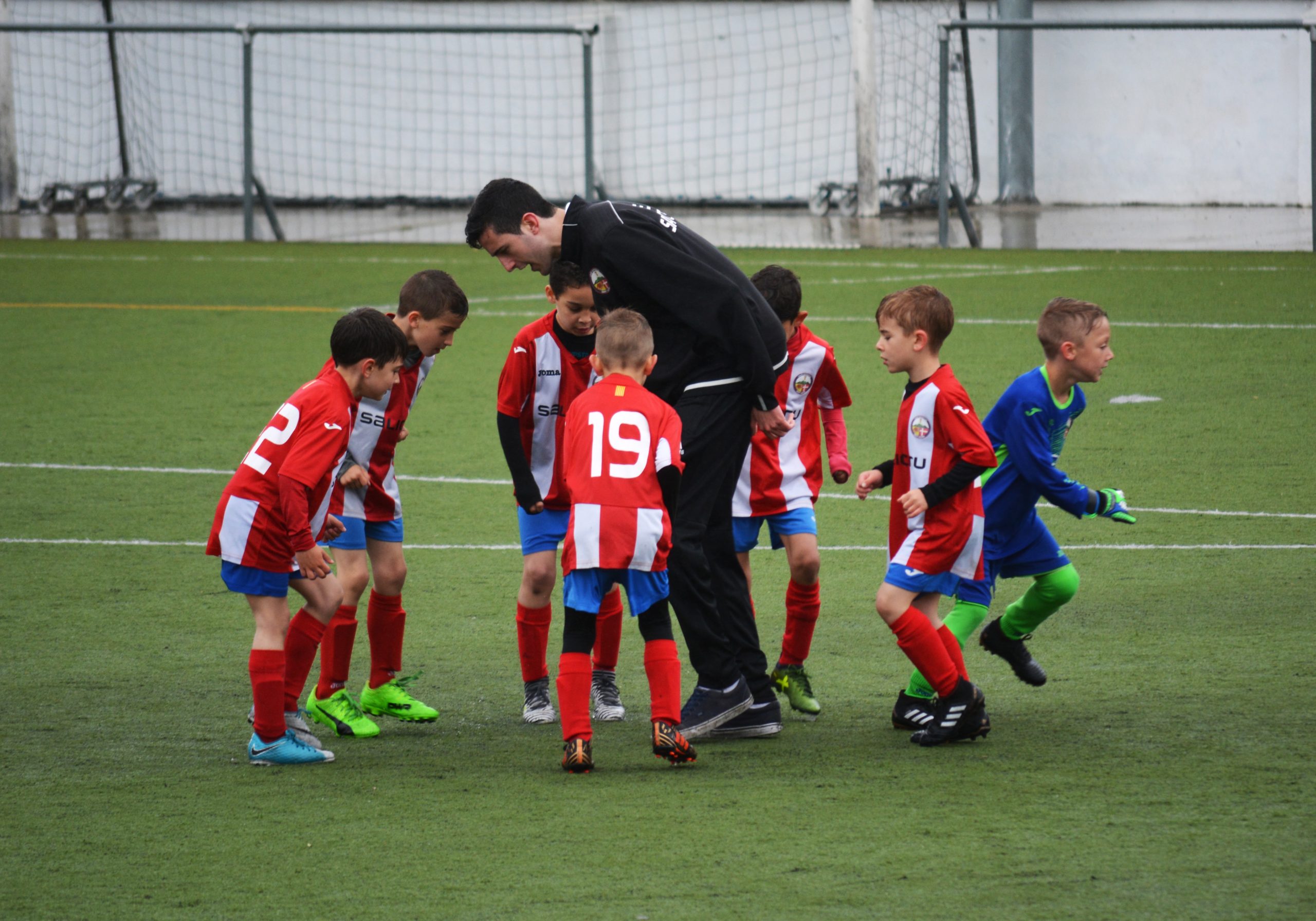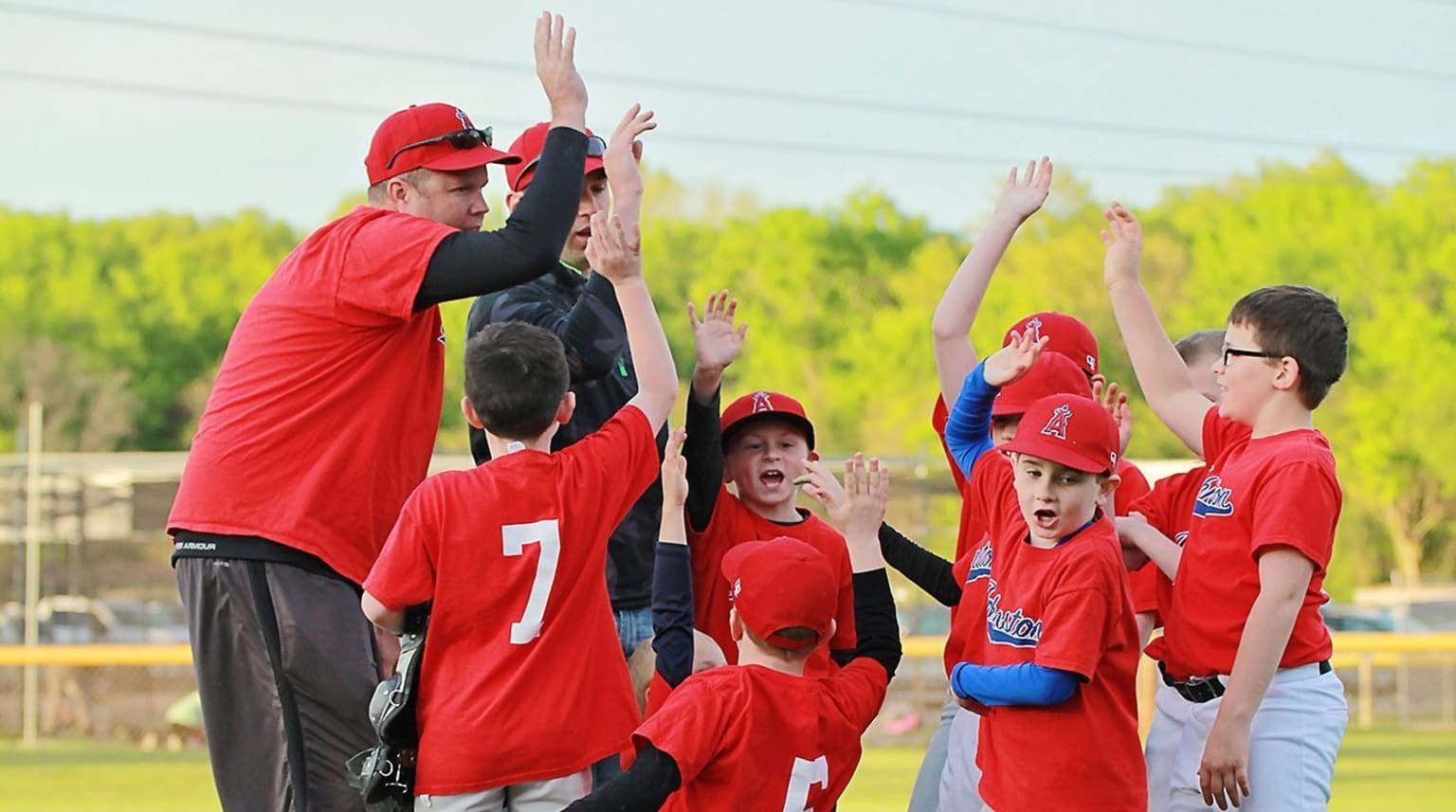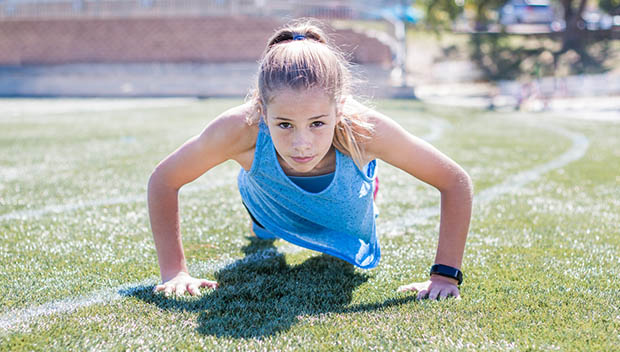School clubs are an extremely underrated part of getting your education. Some of the best friends and best experiences you may have at the high school level await through the doors that lead to an awesome school club.
What do you do if you don’t have a school club in something you’re interested in? The reason your school doesn’t have this particular club is because it likely:
- Didn’t know it was something students had an interest in.
- Didn’t have the necessary amount of students to create the club.
- Didn’t have anyone available to run the club.
Don’t let these reasons keep you from creating a club. There’s dozens of reasons on why you should, but let’s break it down into a few!
It’s GR8 for your college application
Are you wanting to stand out on your future college application? Starting a school club is a massive plus that add to your character and application. Universities want to bring in students that are ambitious, passionate, and excited about bringing change. There’s nothing a university loves more than being able to brag about one of their students doing incredible things. Starting a club will show anyone reading your application that are ready to rock and bring prestige to the university. Those are the things that really stand out on an application.
It’ll let you pursue something you care about
There’s nothing worse than wanting to do something and not really having the ability to… do that. Why sit around and mope about why you can’t lead heartfelt debates or speak German with other likeminded folk when you can start up the club yourself? Having a club that caters to what you and other ambitious students find important in the world will be an excellent avenue for further exploring your interest towards it.
Starting up the club will not only be great for you, but it’ll be great for others as well. There are dozens of students or kids in your community who feel strongly about something the way you do, but they’re held back from really diving into their interests simply because there isn’t a place to do it. Be the wonderful hero that starts the club!
Great for meeting new friends
When you start or take part of a club, you meet other people who have similar interests to you. It’s pretty easy to make friends with people who like the same things that you do. Your future best friend might be waiting for you in one of these clubs–even cooler if you’re the one who started it! I’m not sure who wouldn’t want to be your friend at that point.
Raise awareness about something important
Let’s face it, there’s a lot of great things going on in this world and a lot of not so great things going on in this world. Between the 10,000 different things for the average persona to focus on, it’s hard to focus on anything at all! You working on something and raising awareness will help your friends, family, school and community know that it’s an important topic worth researching. If you do it well, you’ll add people to your cause and start creating some real and wonderful change in the world.










